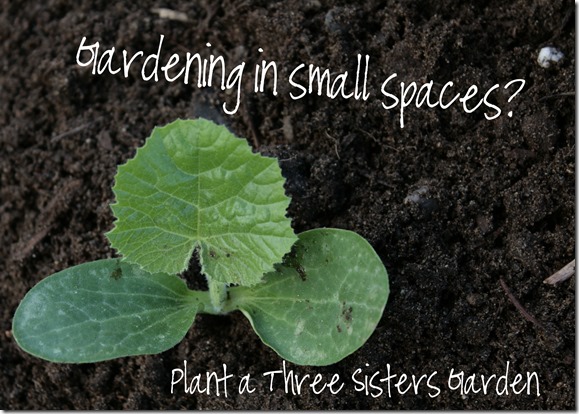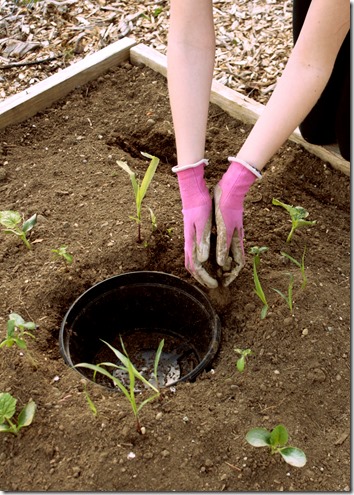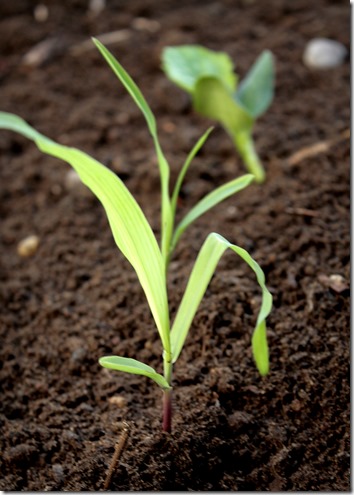Short on space but still want a garden? Try planting a Three Sisters Garden with your kids this year! With a few modifications this Native American technique can even be adapted to grow in a pot and you can enjoy all the benefits of these plants that help each other grow in even the smallest gardening plans.
I have many beds in my garden, but there is always one I use specifically to enhance our homeschooling studies. Each year it has been something different. I have planted a Rainbow Garden, a Grains of the World garden, and this year we decided to dig into the ancient traditions of Native Americans and make it a Three Sisters Garden.
Far before backyard gardening became a science, Native Americans had tricks to help get the most out of their gardening spaces. This garden was one of those tricks. The three crops; corn, squash, and beans; are considered the Three Sisters of Life in Native American history. The Three Sisters are described as “three maidens who helped to sustain the people by bringing them food” in the book Native American Gardening by Michael J. Caduto. This trio of crops compliment each other nicely. Corn, a heavy feeder, benefits from the nitrogen gathering bean plants. Beans get support for their upward growth from the stable and tall corn plants. And the squash spreads her big leaves over the ground, protecting the roots and conserving moisture for them all.
This garden takes some patience to set up but the result is a self-sustaining garden bed that takes little maintenance and doesn’t strip the soil of nutrients.
You need:
1 packet organic corn seeds (no GMO’s please)
1 packet squash seeds (choose the best size for your project)
1 packet pole bean seeds
1 bag well rotted manure or compost
a bit of patience – this process takes about 3 weeks from start to finish.
1: Make a planting mound. Mix a bunch of compost or rotted manure into the top 6 inches of your soil and make a mound with an indentation in the center. Kind of like a volcano crater. If you have this project in a pot, make sure it is at least 12 inches deep and 10 to 24 inches wide.
2: Plant your corn seeds first. Tuck 4 to 6 of corn seeds into the indentation in the center of your mound of soil. If you can, soak your corn seeds overnight. Being swollen when you put them in the ground will give them a jump on germination.
3: Plant your squash and bean seeds after a week or two, when your corn seedlings are 4 to 6 inches tall. Plant 6 bean seeds around the mound about a foot away from your corn. Then plant 2 or 3 squash seeds outside the row of bean seeds. The squash have large leaves so only put in 2 or 3 per mound. Water the seeds in well.
4: Weed out the weaker seedlings. As the seeds come up, only keep the strongest and most viable seedlings for your garden.
5: After the plants are established, always water in the crater. Too much water on the squash leafs can cause disease. To make it easier for the kids to water without damaging the plants, you can sink a shallow pot into the center of the mound and plant the corn close around that (that is what I did in the picture). This gives the kids some where to aim and also doesn’t cause the soil to fill the watering area.
Once the weather really warms up these grow very fast and it is easy to see why it is a favorite. And as an added bonus, this crop will give you free corn stalks and pumpkins for beautiful fall decorations!












